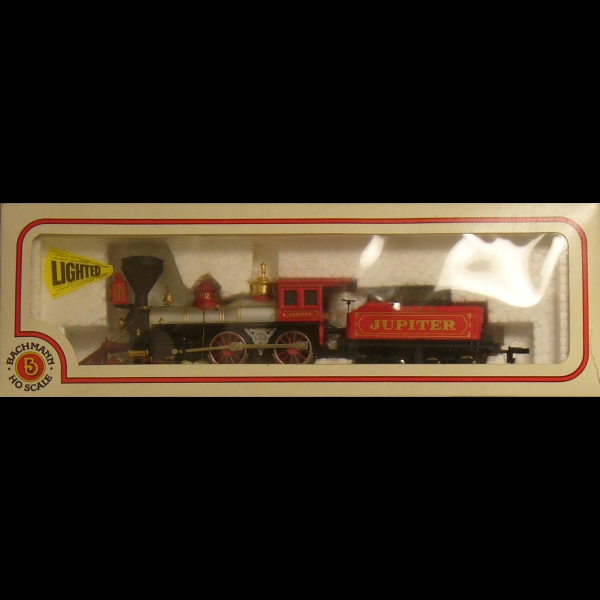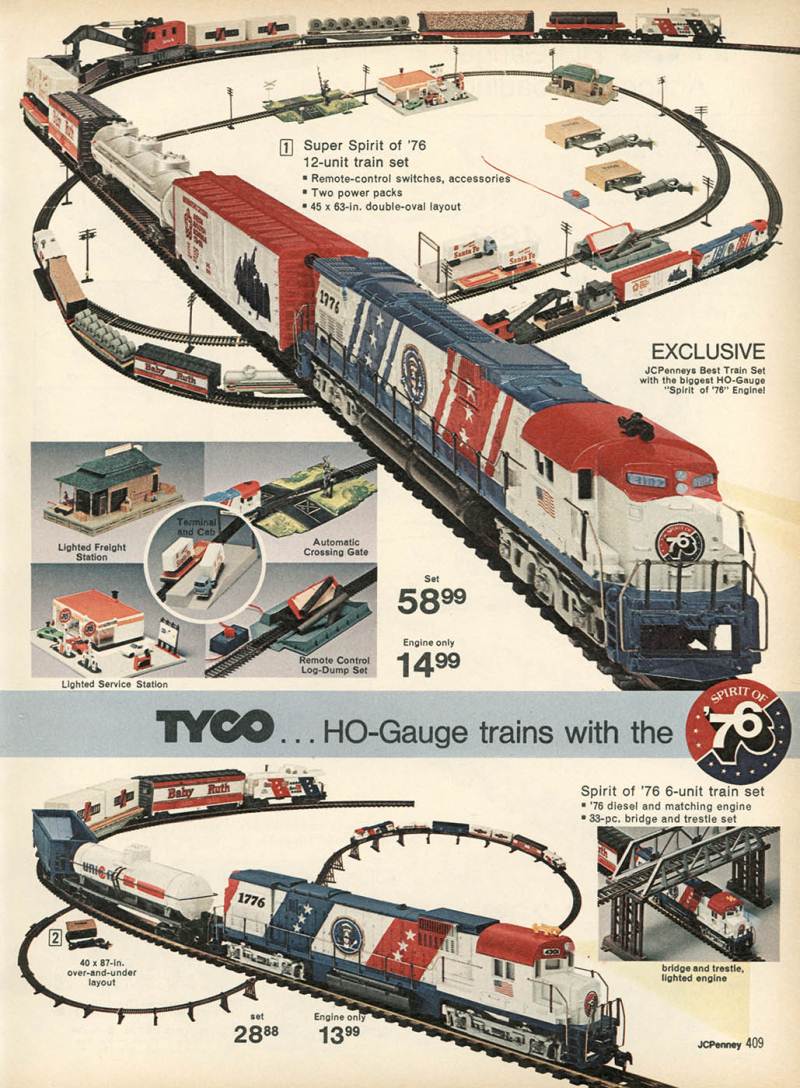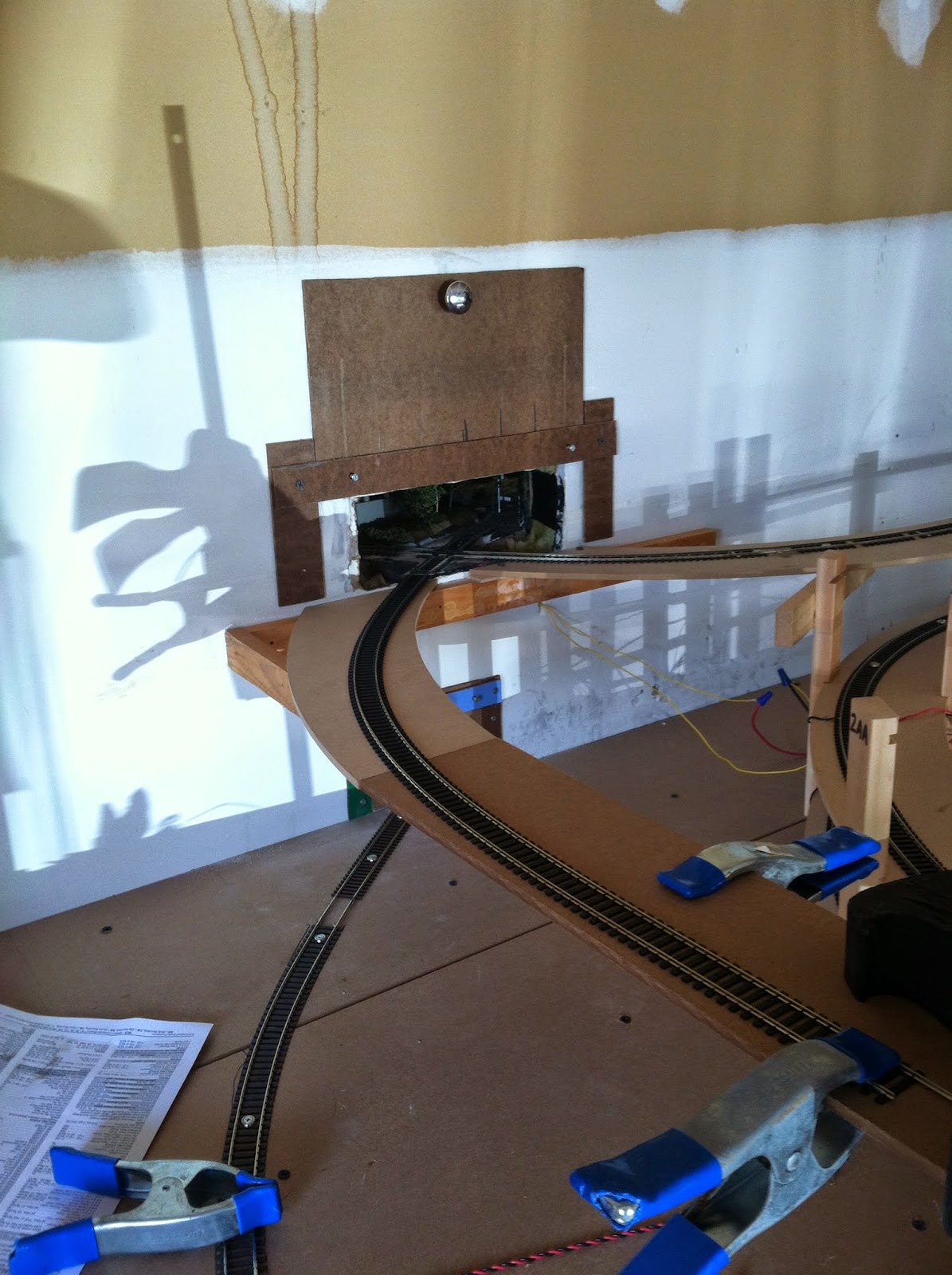Painted Heads
"You can use acetone to remove paint from figures. I used it on some cheap Frontieer Hero dolls with really fakey looking facial hair and it worked well." -- JM
Pine Sol will normally remove paint, try that first. If that fails, bring out the big gun - oven cleaner. Don't try this on the visor though, it will ruin it. Test in a inconspicuous place first. -- Meerk
Here's a good paint removal tip. Automotive brake fluid, it's cheap and works well. I build scale models and have used it many, many times. You can soak or apply heavily with a tooth brush, be careful not to get it on any other painted surfaces though, it can work pretty quickly on light coats. You can also use it on spots with a Q-tip. Be sure to rinse in water to remove all residue. The brake fluid is water soluble so it will clean up nicely. -- Richard and Denise Pelletier
I decided to removed the paint from the lips of my brown hair-green eyed 30th Aniversary Joe I started out with a bottle of nail polish remover and a Q-Tip. Nail polish remover is a diluted form of acetone so I reasoned that it wouldn't do any damage to the vinyl of the head. And I was right! I just swabbed over the lips with the nail polish remover laden Q-Tip until the paint started to come off. The trick is, when the Q-Tip becomes saturated with paint to go to a fresh one. Also, don't put so much nail polish remover on it that it drips or disaster could loom. The only problem was the deep crevice between the lips, the Q-Tip wouldn't touch it. Fortunately, the paint was softened from the remover, and my trusty pen knife was able to scrape it all out, with absolutely no damage to the head at all! I doubt you could tell that there was ever paint there now. My friend couldn't. Don't forget the wash off any remaining nail polish remover residue, as it could corrode the head as time goes on.. Soaking a head in this stuff would probably be a bad idea. -- Bob SS.
Yes this would leech out all the plastisizers in the head and cause it to become brittle and crack. Just use a good acrylic like liquitex and paint over it. -- Wolfman
Use Remove-zit. You can get it from Cotswolds. It removes the paint with only one application. -- Snoserpent
I've used oven cleaner to remove the "chrome" from plastic model kits and the engine on the HOF Strike Cycle. I'm not sure how it works on paint, but it does an immediate job on the chrome! -- Rob
Try Easy-Off Oven Cleaner. It removes paint pretty well, usually leaves the plastic alone. Check it on a part that doesn't show to make sure it won't damage the surface. -- Trent
Want to remove the painted-on stars from the General's helmet? Buff them off with a little 600 grit sandpaper. Follow with polishing compound, or toothpaste and it'll look like they were never there. -- Meerk
Flocked hair
One way to remove the flocking is to soak the head for a couple of days in ordinary rubbing alcohol. Then the fuzz can be scraped off very easily with a blunt edged knife. Be careful not to scrape or cut into the actual vinyl of Joe's head. Also-you will be left with a yellow glue stain from the flocking process that can not be removed. Not such a problem on the head section because your paint job will cover it-but it can be a problem in the former bearded areas. I usually dry the hair out on a paper towel and save it for reflocking problem AT guys who need the Hair Club for -- Johnn Medeiros
"Boil the head and then soak it in alcohol." -- Conddor
"Be cautious when scraping off flocked hair because sometimes the heads are painted underneath and you may louse up an opportunity to get a clean painted head out of the deal." -- Don Thompson
Unable to dissolve the remaining glue residue, from a fuzz head, I picked up some automotive sandpaper (3M Imperial Wetordry, 1500 grit) and was able to sand the stuff off. I kept the paper wet, and by folding it, was able to get in the tricky areas -- behind the ears, around the scar, etc. I was even able to remove the residue in his mouth, sanding
carefully so as not to take the paint off. -- Rob Leigh
I want to add another tip to Rob Leigh's procedure to removing the yellow glue residue. After using the super-fine grit sandpaper, I have found that two or three
mild applications of baby oil to the sanded areas will help hide any abrasions to the plastic skin. You should apply one coat a day, allowing the plastic to soak up the oil. The oil seems to have no detrimental effects on the plastic. -- Steve Stanton
After removing the flocking, I repaint them with acrylic paints from the hobby shop. You can get them almost original with a little practice. I have even messed around with leaving mustaches, goatees, long sideburns, etc. when I remove the hair from the face. I use a little dixie cup to set the heads in overnight in the alcohol - its fits great. -- Conddor
Here's what I've found works best for repairing "Bald Spots": Removing & Repairing "Life-like Hair". The secret is....Paint remover! By using one of the slow acting paint strippers (for example:Safest Stripper) you can remove the hair from almost any fuzz head completely.
Just apply to the hair/beard and allow to sit (at least 2 hours), then using the BACK of an Exacto-knife blade scrape the hair off. Be careful when you do this as the plastic of the head gets slightly soft and the blade can dig in to the surface. It won`t all come off in one try,you will have have to reapply and do it again, but eventually you will get nearly all of it off.
The next step is the most Important, In the areas that didn`t come clean, you must apply regular paint stripper. WARNING: This stuff is very CAUSTIC, IT WILL BURN YOUR EYES AND SKIN, ALWAYS WEAR EYE PROTECTION. And I mean that.
Anyway, apply to the remaining hair/glue, wait a minute then scrape the area clean. I have never had one that would not come clean, and I've done over 30.
Sometimes, the area where the beard is will be slightly discoloured. If the stain is bad, add a "5 o`clock shadow" to hide it. You can either paint one on or "Tattoo" one on. The tattoo method is as follows: Using a fine needle,poke the beard area of the head, about a million times (or at least it seems like a million !;>} ) Then apply acrylic paint in the correct colour, and wipe off almost immediately, don't try to do the whole area at once, apply to a small area then wipe and so on until you cover the whole beard area.
Another Warning: don`t get the regular stripper on the painted areas of the face (unless you want to remove them too,) and use the smallest amount of stripper you can - it really softens the plastic of the head. Put much of this stuff on or leave it too long, and you'll scrape off chunks of Joe`s face! (makes for interesting Horror effects!)
The safe stripper will not remove the paint generally. If you find a fuzz head that is a painted hair underneath, use only the safe stripper and you`ll gain a painted hair figure. I've never had the safe stripper damage the paint on a head. -- Kevin Merklley
TOUCHING UP HAIR RUBS
Painted Heads
Most paints (model, spray, etc.) never dry on the toy-type plastic. One paint that does is automotive touch-up paint. I use it to touch up paint on my old Star Wars figures. -- Mark Bradley
I retouch some of my vintage painted heads because it makes them look better. I always use acrylic paint like Liquitex. This way, it can be removed down the line if one prefers the original state. -- John Medeiros
I have seen people use Sharpie brand markers to touch up black painted heads. -- Don Thompson
I hate to admit it, but sharpie markers work pretty well for very small spots. They'll come off with acetone if you want to "unrestore" it. -- Richard Knepper
The only painted head I've touched up was a black-haired foreign soldier. I just used black acrylic paint from a tube, spread thinly on a wadded-up kleenex, and rubbed it lightly around the head as if I was applying polish. It fixed the bald spots right up, and the result is close to indistinguishable to the original paint in terms of gloss. It dried right nicely, too. -- Benjamin Adams
Repainting a figure might cause it to come out too shiny. You can make the appearance more like the original by using some dull coat spray on the head. I use this to take the sheen off the plastic on the model RR kits. I think it'll work well on a painted head. -- C Cabrera
The one part I seem to have trouble on is right around the base of the neck-- this is the part that has to flex to put the head back on the torso. Regular acrylic doesn't have enough flex to it, so it peels a bit. You can help this by sanding the rubber-- it gives the surface more "tooth" for the paint to grab onto. I've mixed acrylic silicone caulking (available at hardware stores) to acrylic paint before-- this improves its adhesion and flexibility-- but it leaves a slightly glossy sheen. It's worth playing with if you're having big problems when you paint on flexible materials. And it's a lot cheaper than buying those specialty Hollywood mask paints. Jimbob
I've found that Testor's acrylic paints work well (water wash up too). A splash of tan and the Nick heads from Cotswold began to look better (also, some eye reduction with flesh tones, etc). -- Bruce Wilhite
Flocked Heads
"I've repaired flocked hair rubs using spirit gum and hair scrapped off an old head. Spirit gum is a theatrical adhesive used for attaching fake beards and such. Its nice because it goes on thin, but stays where you put it. After applying the adhesive to the bald spot just pat on some of the scrapped off hair and your joe looks good as new. I'm not sure about the long term holding power, that remains to be seen." -- Porter
"I usually have luck by using another donor head, that's in worse shape of course, and using tweezers to pull out small spots of hair to transplant. Super glue usually works good. It will look ok as long as it's not a huge amount of hair loss." -- Dr. Quest
I saw a cool picture of a fuzz head that had been "mohawked" and was dressed as a D-Day paratrooper. If the bare area is on the sides, just give him a mohawk! -- Rob Sorrels
If the bald area is larger than a pencil,don`t waste your time. You probably won`t be happy with the result. You have to have a "donor" head. It must have the same colour hair. Apply the Safe stripper to the donor head as above. Quite often, when using the the stripper the hair will come off in sheets. Save these for repairs. Cut the hair to fit the bald spot or glue several small pieces into the area. Try to fill the area completely. Now, use fine point magic markers to colour in the area around and on the bald spot. Just dot the marker against the head. If you haven't noticed, the hair has 3 colours of hair strands (except black) and you should try to match these colours. If you are careful,this will work perfectly. -- Kevin Merkley
The biggest problem is lint. Get the lint out before you remove the fuzz otherwise it is a chore to pick out. -- Mark Redmond
There are two ways to go on reflocking a head.
- The "low expence" way is to get some heads to sacrifice. These need not be Joes, but they should be a good color match. What you do is pluck a patch out with a tweezers, then carefully dip one end into a little pool of superglue and place it on the head to be patched. Take your time and use minimal glue or you will just end up with a tweezer with the tips glued together.
- The expensive way is to reproduce what they did in the factory. You build an electro-static gun. This puts a small electric charge on the little "hair" fibers and uses an electrode to shoot them out a nozzle on to a preglued Joe head. This may sound insane! But other hobbiests do it. Look though model railroad books for articles about "Static-Grass". They will tell you how to build it all. The main hang-up is no good source for a good color match on the fibers. If you want bright green haired Joes, you are set. I did collect some purple, either for punk Joes, or if you look close at the dark hair, you will see little purple fibers in there. -- Bryan Broocks
I use the easy but less professional method of reflocking Joe. I got really fed up with picking up a piece of hair, touching it to glue, and then putting it on Joe's head carefully. Instead, I separate all the little Joe hairs, scrape them together in a little pile, apply thin layer of glue to bald spot with toothpick, and sprinkle hair on bald spot. Wait a moment, and scrape off excess with clean toothpick. The hair looks fine doesn't have the smooth characteristics of the other way. I don't rub Joe heads, so it looks good enough to me. -- Aaron
For the complete article CLICK HERE
GI Joe® is a trademark of Hasbro, Inc.


















































